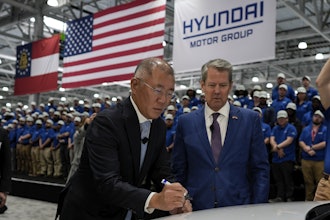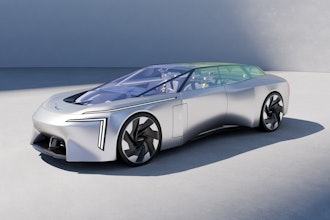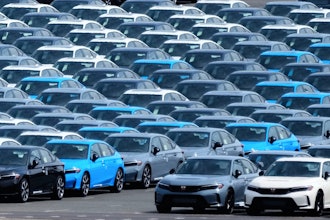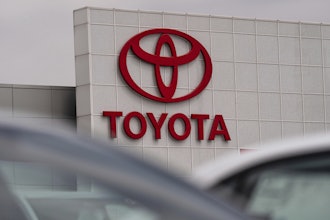WARREN, Michigan (AP) - If everything goes right, regular people will be driving hydrogen-powered fuel cell vehicles in a few test areas across the globe within five or six years, according to a top General Motors Corp. official.
The prediction from Larry Burns, vice president of research and development, came this week as GM announced it has moved 500 fuel cell engineers and scientists from the laboratory side of the company into the chain of command that actually produces cars.
Burns said he is not yet willing to say exactly when hydrogen vehicles will be mass produced for all, but he said it should happen before 2020, the year many experts have predicted.
''I sure would be disappointed if we weren't there'' before 2020, he said during a Wednesday interview with The Associated Press at his office in GM's sprawling technical center campus in the Detroit suburb of Warren.
Although he is not certain the technology can be developed and infrastructure set up for a workable price, he is more than 90 percent certain.
GM's organizational change, announced Friday, shows the company is confident enough in its research to take the step toward making the cars, Burns said.
''We've passed another milestone where we have come far enough in the development of this technology to start preparing for real production,'' Burns said. ''That's a very significant milestone in our judgment.''
The workers will not physically move from their three U.S. locations and one site in Germany. But Burns said the structural change is important in GM's quest for leadership in the race to bring a fuel-cell electric vehicle into mass production. A small group will stay in research to develop longer-term technology.
The move is more than symbolic, because it shows GM is in transition from the laboratory to production, said Scott Samuelsen, director of the National Fuel Cell Research Center at the University of California-Irvine.
''They're transitioning out of the trial-and-error stage and moving into the commercialization stage,'' said Samuelsen. ''I know their plans are solid, meaning they are not smoke.''
Burns likened the organizational change to GM moving its engineers working on hybrid gasoline-electric power systems from research to production back in 2003. At that time, GM had no hybrid models on the market, while today it has five, he said.
Hydrogen-powered fuel-cell cars use hydrogen to produce electricity that fuels an electric motor. They are quieter than gasoline engines and their only waste product is water.
Government and industry experts have said many obstacles exist, ranging from high costs and a lack of fueling stations to the need for improved storage capacity and better range.
GM already has hand-built the Sequel, a hydrogen-powered crossover sport utility vehicle with a range of about 300 miles (485 kilometers). It was driven safely on public roads during a recent trip in upstate New York. But engineers still need to reduce the costs to make fuel cell vehicles marketable, Burns said.
The company also plans to place more than 100 fuel cell-powered vehicles with consumers in New York, Washington and Los Angeles later this year.
Virtually every automaker is testing hydrogen-powered vehicles. Samuelsen, whose researchers are helping test three Toyota Motor Corp. hydrogen fuel cell cars, said GM is a little behind Toyota and Honda Motor Co. for fuel-cell leadership, but may take the lead when it sends out the 100 vehicles later this year.
He said the five- to six-year time frame for wider testing is realistic, especially given GM's commitment this year.
Once the wider testing areas are set up and engineers can check real-world performance, Burns said he expects fuel cell vehicles and the necessary filling stations to spread gradually throughout the world.
''If you learn enough and you're encouraged enough, then you go to that next generation and put more vehicles out there. That stimulates more stations. You can broaden your geographical area,'' Burns said.


















